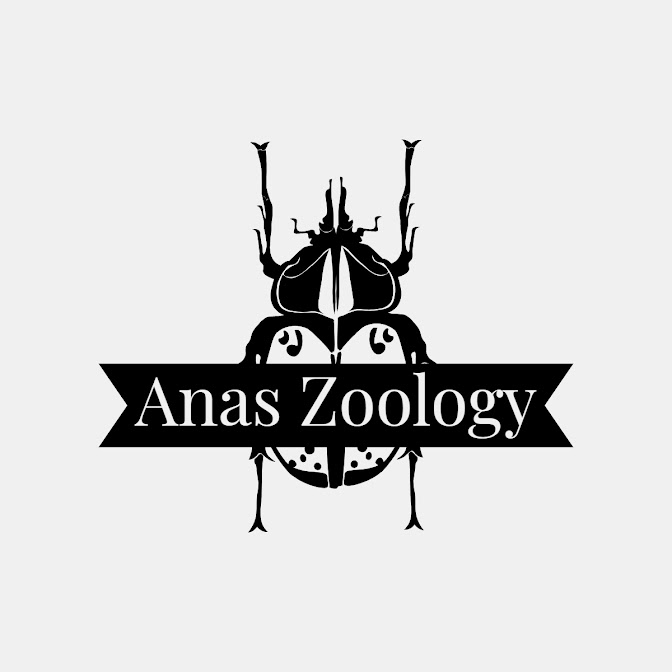Amino Acid

Amino acids are compounds containing carbon, hydrogen, oxygen and nitrogen. They serve as monomers of proteins. Amino acids contains an amino group, a carboxyl group, a hydrogen atom and a distinctive side chain, all these are bonded to the same carbon atom, this carbon atom is called as ∝-carbon. The amino acids differ with respect to the side chain attached to their ∝-carbon. General structure of Amino Acid This general structure is common to all amino acids except for one i.e. proline. The side chain attached to the ∝-carbon atom is different for each amino acid. In ∝-amino acids the amino group and the carboxyl group are attached to the same carbon atom. Amino acids can be classified as β Ɣ δ or ε based on the location of carbon atom to which the amino group is attached.





